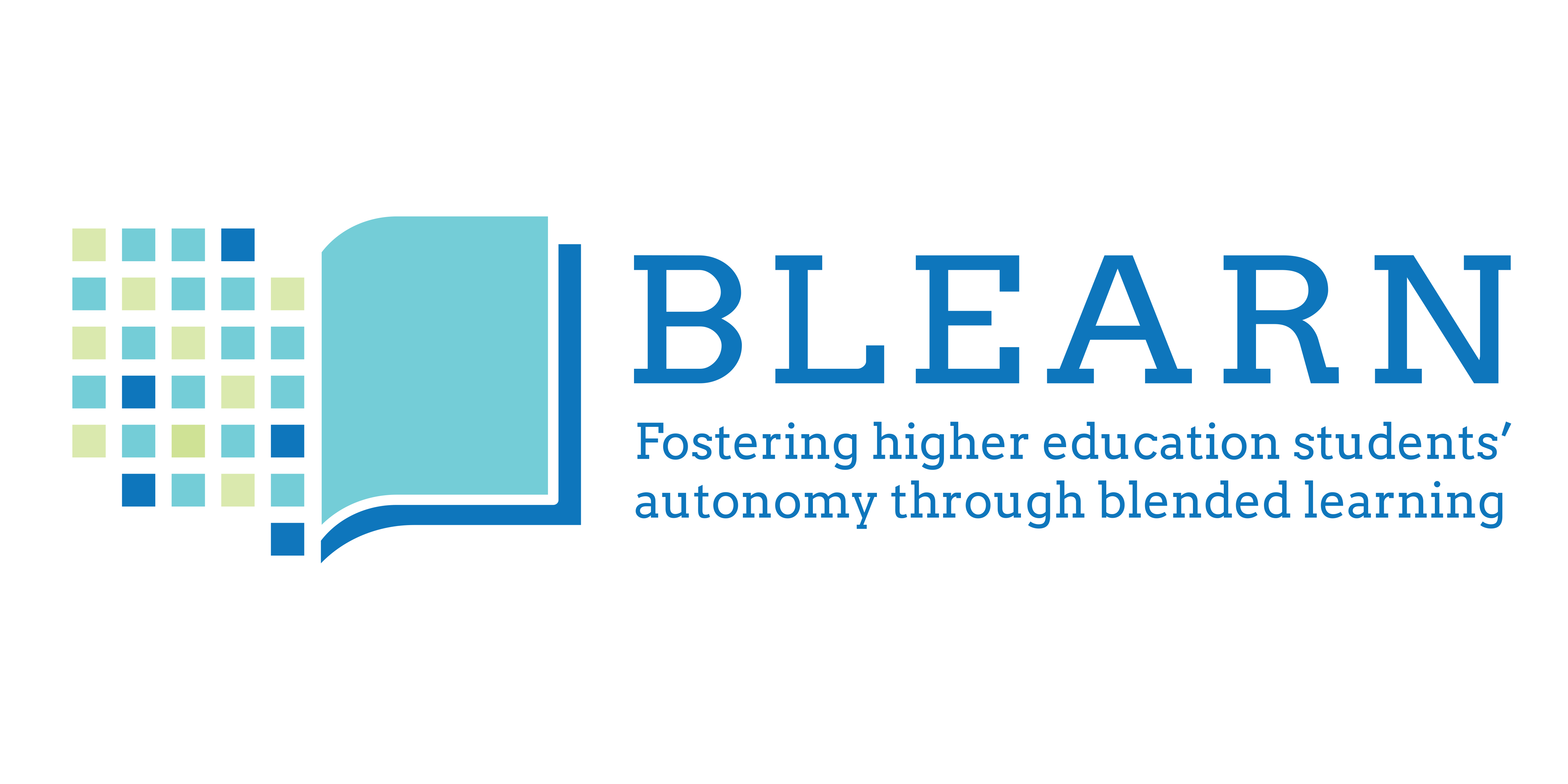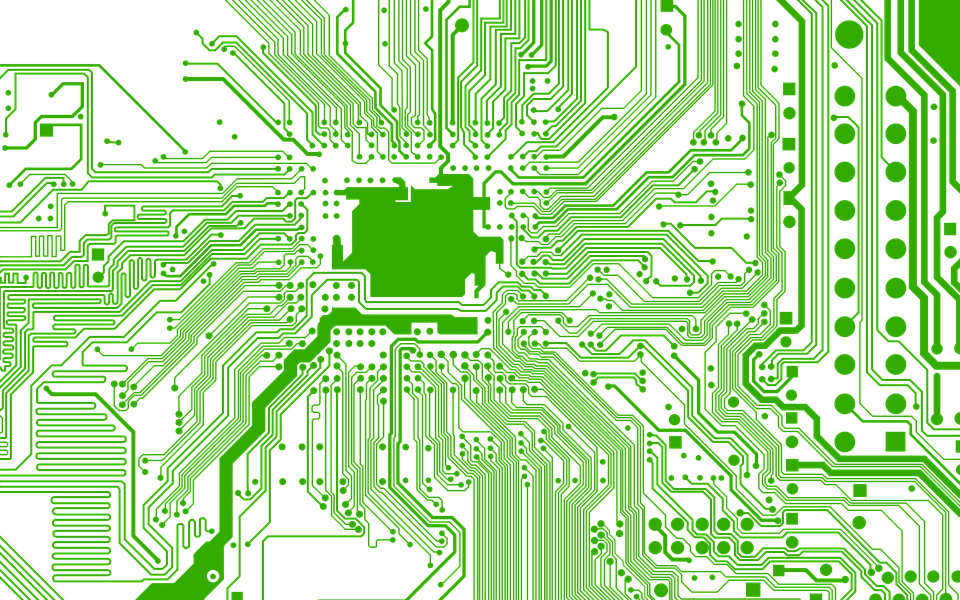Previous post: https://blearn-autonomy.eu/2022/06/05/aligning-learning-analytics-with-explicit-pedagogical-objectives-i/
How will that work?
A unique educational identifier is created through a secure database that helps connect students to their learning activities across learning platforms (similar in principle to FIDIE authentication system). This can basically be used as an anonymous log-in method for LMS such as canvas, in-class hybrid activities such as kahoot ….
By aligning these logs for each student with the various learning objectives for learning subject, or more optimistically, the study program, a comprehensive skill mastery-centered solution can be offered to students to track their own learning process and have better oversight on their own progress.
- Educator perspective: The teacher can now link achievement in specific activities to students identifiers with specific learning objectives which can be carried on from term to term and across universities.
- Student perspective : The student will have access to a private platform where they can access all their skills and the mastery level of each skill to help them assess their learning and develop further. The student is the owner of this data and can choose to give access to certain entities (such as potential employers or other educational bodies) to view and confirm his competences
- Institute perspective: the higher education organization will have access only to anonymized and randomized meta-data to help them better understand the quality of their education and specific areas of needed focus. They can also require a certain mastery threshold from the student in order to issue a diploma within a certain field. For example, if an engineering degree required competence in 50 different skills. The university would allow the student to graduate once they have an above average mastery level in 35 of these skills. But this can differ from one university to another but has the potential to be carried over in a similar fashion to ETCs
Concerns and topics for further discussion
The implementation of this technology is expected to be challenging at first for both students and teachers and requires an educational cultural shift to support the full potential of this system. For example, this would require teachers to enhance their communication and coordination across study programs to increase the synergy between courses. On the other hand, students would also need to adapt to a new way of thinking about their educational progress that is not limited to mandatory deliveries but more focused on skill gain that is aligned with their future work interests.
Importantly, we must keep in mind the importance of data protection and ownership to avoid new sorts of inequalities that could emerge.
Also, the need to address unarticulated sets of competencies (e.g. faculties, university employment service, public employment service and HR departments), although informal knowledge can help some professions to bridge these gaps.
Post by Abdelnour Alhourani and Damiano Rotondo (UiS), Ali Mostfa and Franck Bertucat (UCLy) and Xavier Rambla (UAB)

